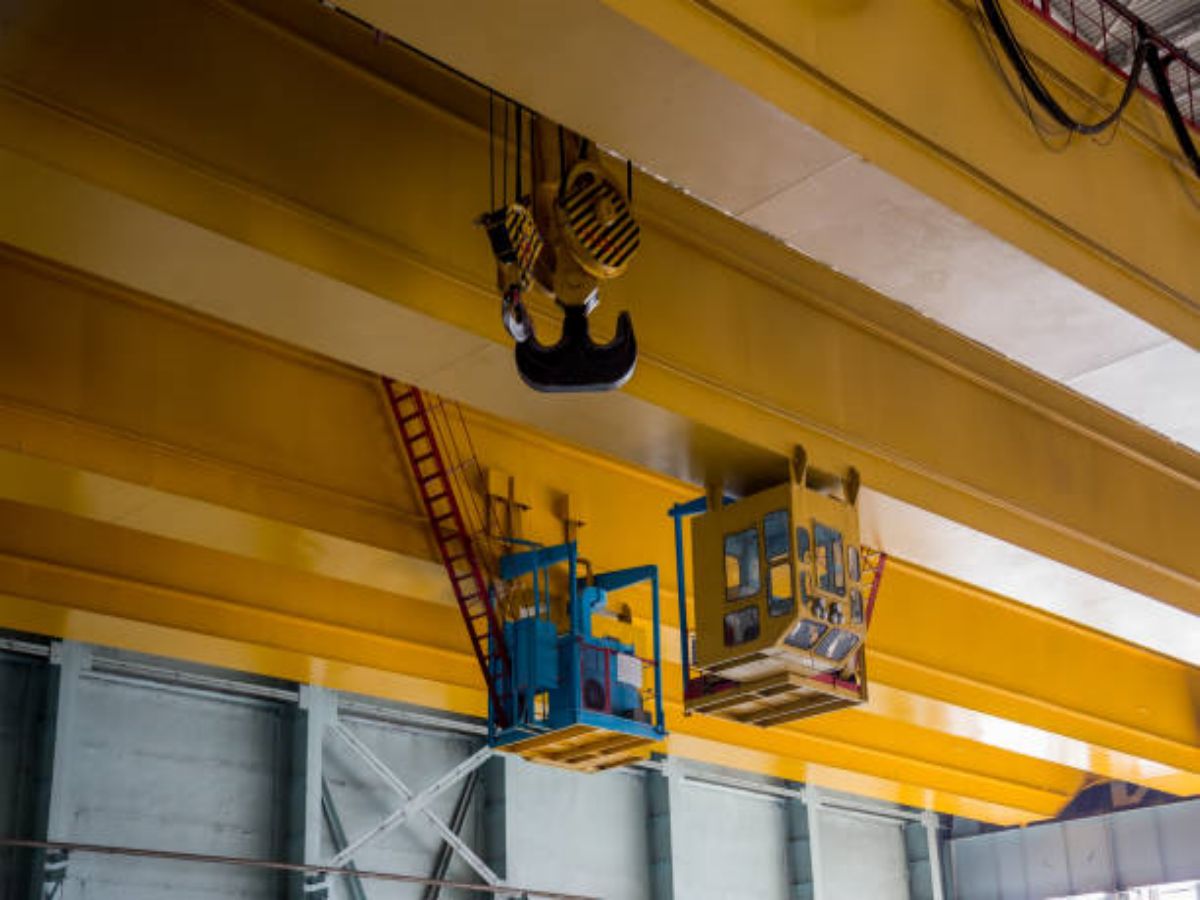Comparing Vacuum Lift Bridge Cranes to Traditional Hoist Cranes: Which Is More Efficient?
When it comes to material handling in various industries, cranes play a vital role in lifting and moving heavy loads. Two popular types of cranes used in industrial settings are vacuum lift bridge cranes and traditional hoist cranes. In this article, we will explore and compare the efficiency of these two types of cranes, analyzing their benefits and drawbacks in different aspects of material handling.
1. Introduction to Vacuum Lift Bridge Cranes and Traditional Hoist Cranes
Vacuum lift bridge cranes and traditional hoist cranes are both designed to lift heavy loads, but they differ in their mechanisms and functionalities. Vacuum lift bridge cranes utilize suction power to lift and transport materials, while traditional hoist cranes use a system of ropes, chains, and pulleys to perform the lifting operations.
2. Efficiency in Load Capacity
One important factor to consider when comparing these cranes is their load capacity. Vacuum lift bridge cranes are known for their ability to handle a wide range of loads efficiently. They can lift and transport heavy objects, including fragile or irregularly shaped materials, with ease. On the other hand, traditional hoist cranes have a lower load capacity and may require additional attachments or modifications to handle certain types of loads.
3. Efficiency in Speed and Productivity
When it comes to speed and productivity, vacuum lift bridge cranes have a clear advantage. The suction mechanism allows for quick and smooth lifting and moving of materials, resulting in faster cycle times. In contrast, traditional hoist cranes may require more time for load attachment and detachment, as well as adjusting the ropes or chains to ensure stability during the lifting process.
4. Efficiency in Safety
Safety is a critical aspect in any material handling operation. Vacuum lift bridge cranes offer enhanced safety features compared to traditional hoist cranes. The vacuum lifting system provides a secure grip on the load, reducing the risk of accidents caused by load slippage. Additionally, vacuum lift bridge cranes can minimize the need for manual intervention, further reducing the chances of injuries during the lifting process.
5. Efficiency in Versatility
When it comes to versatility, both types of cranes have their advantages. Vacuum lift bridge cranes are highly versatile and can handle a wide range of materials, including fragile items and those with irregular shapes. Traditional hoist cranes, on the other hand, may be more suitable for specific applications that require precise control over the lifting process, such as in the construction industry.
6. Efficiency in Space Utilization
In terms of space utilization, vacuum lift bridge cranes offer significant benefits. These cranes are often designed with a compact footprint, allowing them to be installed in tight spaces where traditional hoist cranes may not be feasible. The vacuum lifting system eliminates the need for large overhead structures, making them a great choice for facilities with limited space.
7. Efficiency in Maintenance and Operating Costs
Considering maintenance and operating costs is essential when choosing a crane for your facility. Vacuum lift bridge cranes generally require less maintenance compared to traditional hoist cranes. The absence of ropes, chains, and pulleys reduces the need for regular lubrication and inspection. Additionally, the energy-efficient design of vacuum lift bridge cranes can result in lower operating costs over time.
8. Efficiency in Noise and Environmental Impact
Noise pollution and environmental impact are concerns that many industries are actively addressing. Vacuum lift bridge cranes operate quietly, minimizing noise pollution in the workplace. They also have a smaller carbon footprint due to their energy-efficient design. Traditional hoist cranes, on the other hand, may produce more noise and require more energy to operate, potentially having a greater environmental impact.
9. Efficiency in Integration with Automation
Automation is becoming increasingly important in modern industrial settings. Vacuum lift bridge cranes can be easily integrated with automation systems, allowing for seamless material handling processes. They can be equipped with sensors and controls that enable precise positioning and automated load handling. Traditional hoist cranes may require additional modifications to achieve the same level of integration and automation.
10. Conclusion: Which Is More Efficient?
After analyzing various aspects of vacuum lift bridge cranes and traditional hoist cranes, it becomes clear that the efficiency of each crane depends on the specific requirements of the material handling operation. Vacuum lift bridge cranes excel in load capacity, speed, safety, versatility, space utilization, maintenance, and environmental impact. Traditional hoist cranes, on the other hand, may be better suited for applications that require precise control and integration with existing systems.

